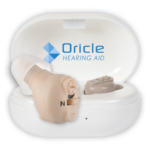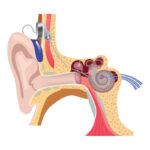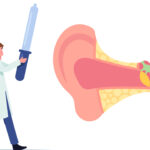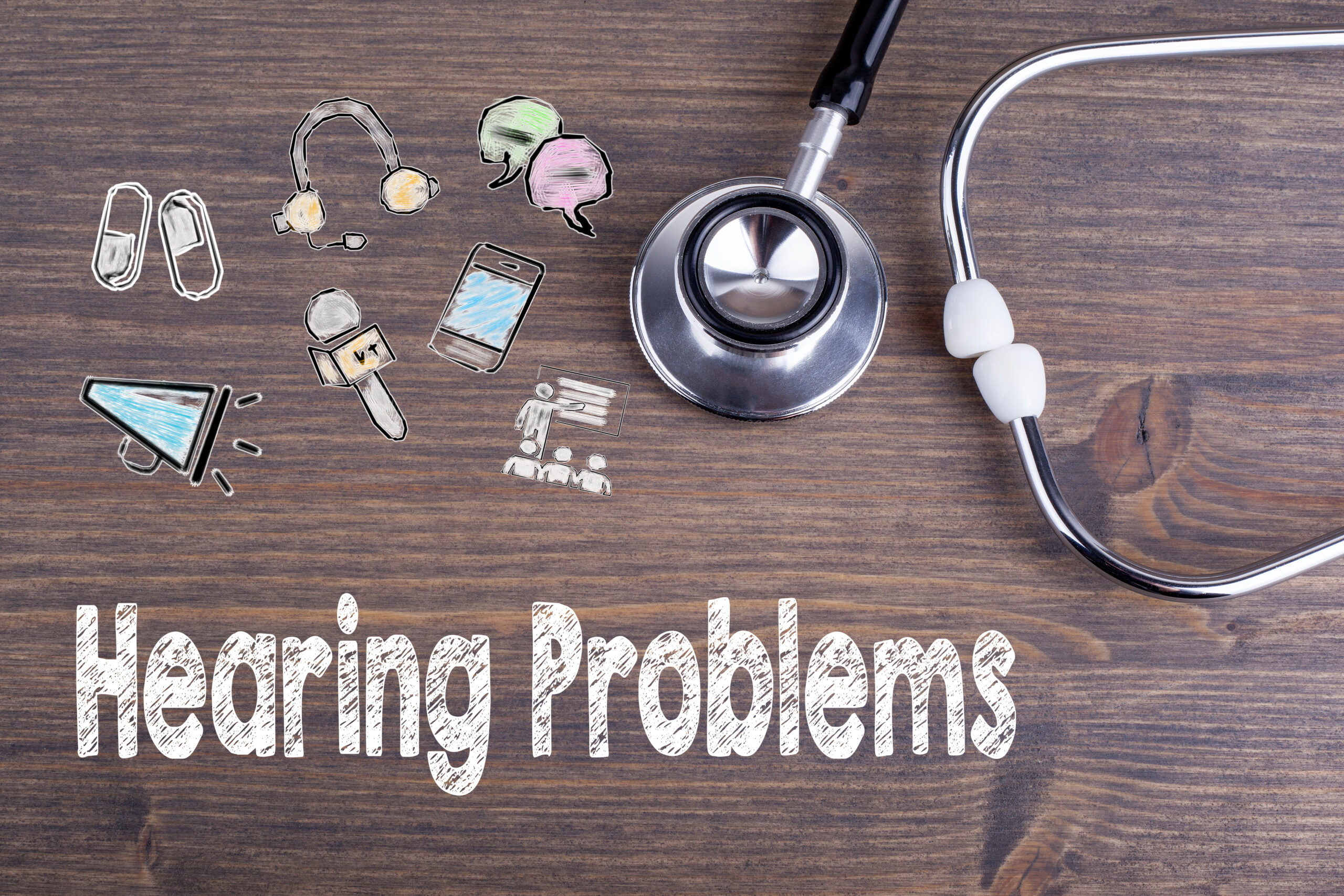Reverse-Slope and Low Frequency Hearing Loss: Causes, Symptoms, and Treatments
Hearing loss is a common problem that affects people of all ages. However, some types of hearing loss are less common and require specific treatments. One such type of hearing loss is reverse-slope or low-frequency hearing loss. This type of hearing loss is characterized by an inability to hear low-pitched sounds, which can significantly affect the quality of life of those who suffer from it.
In this article, we will discuss the causes, symptoms, and treatments of reverse-slope and low-frequency hearing loss. We will also explore the link between hearing loss and other medical conditions such as diabetes and Meniere's disease. Finally, we will provide information on how to get a diagnosis and seek appropriate treatment for this condition.
What is Reverse-Slope or Low Frequency Hearing Loss?
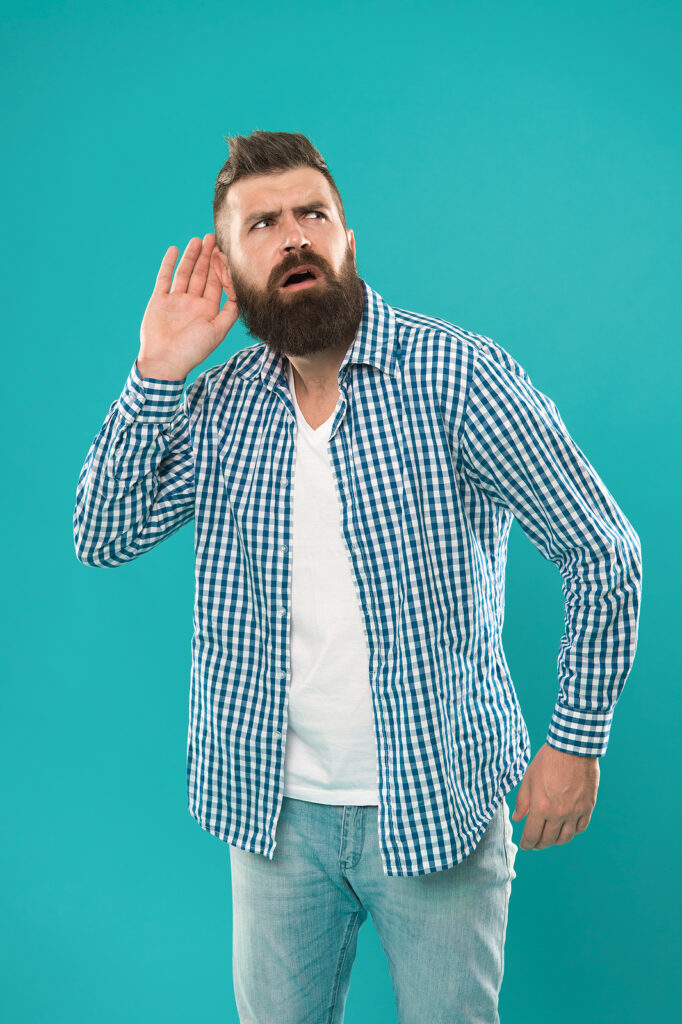
Reverse-slope or low-frequency hearing loss is a rare type of hearing loss that affects an individual's ability to hear sounds in the lower frequency range. Unlike high-frequency hearing loss, where a person may have difficulty hearing high-pitched sounds, individuals with reverse-slope hearing loss may struggle to hear low-pitched sounds. This can make it challenging for them to communicate with others and hear environmental cues that are crucial for daily activities.
People with reverse-slope hearing loss may find it particularly difficult to hear sounds such as thunder, the hum of a refrigerator, or even the low-pitched sounds of a human voice. Because low-frequency sounds are often part of the background noise that we hear every day, individuals with this type of hearing loss may experience feelings of isolation and frustration in social situations.
Reverse-slope hearing loss is a relatively rare condition, affecting only around 3,000 out of every 100,000 people in the United States. It is more commonly seen in women and may be hereditary. Diagnosing this type of hearing loss can be challenging, as traditional hearing tests often focus on high-frequency sounds. However, specialized testing can help identify the condition, and hearing aids can provide relief for those experiencing this type of hearing loss.
Causes of Reverse-Slope or Low Frequency Hearing Loss

There are several possible causes of reverse-slope or low-frequency hearing loss. Some of the most common causes include:
- Genetics: Reverse-slope hearing loss can be caused by genetic factors. Some genetic disorders, such as Wolfram syndrome, can cause low-frequency hearing loss.
- Meniere's disease: Meniere's disease is a disorder of the inner ear that can cause episodes of vertigo, tinnitus, and low-frequency hearing loss.
- Diabetes: Diabetes can lead to low-frequency hearing loss due to damage to the blood vessels and nerves that supply the inner ear.
- Optic atrophy: Optic atrophy is a condition that affects the optic nerve and can lead to low-frequency hearing loss in some cases.
- Acoustic trauma: Exposure to loud noise or trauma to the ear can also cause reverse-slope hearing loss.
Symptoms of Reverse-Slope or Low Frequency Hearing Loss
The symptoms of reverse-slope or low-frequency hearing loss can be difficult to detect, as they often occur gradually. Some of the most common symptoms include:
- Difficulty hearing low-pitched sounds: People with reverse-slope hearing loss may have difficulty hearing low-pitched sounds such as the humming of a refrigerator or the clicking sound of a car.
- Inability to hear certain noises: While individuals with this condition may be able to hear high-pitched sounds, they may be unable to hear low-pitched sounds, making certain noises inaudible.
- Ringing in the ears: Some people with reverse-slope hearing loss may also experience ringing or buzzing in the ears, also known as tinnitus.
- Difficulty with balance: Meniere's disease, a common cause of reverse-slope hearing loss, can cause episodes of vertigo and dizziness, making it difficult to maintain balance.
- Changes in hearing: Changes in hearing can occur gradually or suddenly, depending on the underlying cause of the hearing loss.
Treatment for Reverse-Slope or Low Frequency Hearing Loss
Treatment for reverse-slope or low-frequency hearing loss typically involves the use of hearing aids. Unlike traditional hearing aids, these devices amplify low-pitch sounds while ignoring high-pitch sounds. In some cases, it may take a few trials before a perfect fit is achieved. Regardless of the cause of the hearing loss, however, the device may be helpful in improving the quality of life of the patient.
It is also essential to seek a comprehensive diagnostic test to determine the cause
of the hearing loss. An audiogram, which measures a person's ability to hear sounds of different frequencies, can help determine the type and degree of hearing loss. In addition, other tests such as imaging studies may be required to determine the underlying cause of the hearing loss.
In some cases, treatment for the underlying medical condition causing the hearing loss may also help to improve hearing. For example, in the case of Meniere's disease, medications may be used to reduce fluid build-up in the inner ear, which can alleviate symptoms of hearing loss and vertigo.
Preventing Reverse-Slope or Low Frequency Hearing Loss
Preventing reverse-slope or low-frequency hearing loss can be challenging, as some causes are not preventable. However, there are some steps individuals can take to reduce their risk of developing this type of hearing loss. These steps include:
- Protecting the ears from loud noise: Exposure to loud noise can damage the hair cells in the inner ear, leading to hearing loss. Wearing earplugs or earmuffs can help reduce the risk of hearing loss due to loud noise exposure.
- Managing medical conditions: Some medical conditions such as diabetes and Meniere's disease can lead to low-frequency hearing loss. Managing these conditions through medications and lifestyle changes can help reduce the risk of developing hearing loss.
- Getting regular hearing screenings: Regular hearing screenings can help detect hearing loss early, making it easier to manage and treat. Individuals who work in noisy environments or who have a family history of hearing loss may benefit from more frequent screenings.
Conclusion
Reverse-slope or low-frequency hearing loss is a less common type of hearing loss that can significantly impact a person's quality of life. It can be caused by a variety of different medical conditions, including genetics, Meniere's disease, diabetes, and optic atrophy. While hearing aids can help improve symptoms, it is essential to seek a comprehensive diagnostic test to determine the underlying cause of the hearing loss.
Preventing reverse-slope or low-frequency hearing loss can be challenging, but individuals can take steps to reduce their risk. Protecting the ears from loud noise, managing medical conditions, and getting regular hearing screenings can all help reduce the risk of developing this type of hearing loss.
Sources
- “Low-Frequency Hearing Loss: Causes, Symptoms, and Treatment.” Medical News Today, MediLexicon International, www.medicalnewstoday.com/articles/320635.
- “Meniere's Disease.” Mayo Clinic, Mayo Foundation for Medical Education and Research, 17 Apr. 2020, www.mayoclinic.org/diseases-conditions/menieres-disease/symptoms-causes/syc-20374910.
- “Diabetes and Hearing Loss.” American Diabetes Association, 23 June 2021, www.diabetes.org/diabetes-and-hearing-loss.


